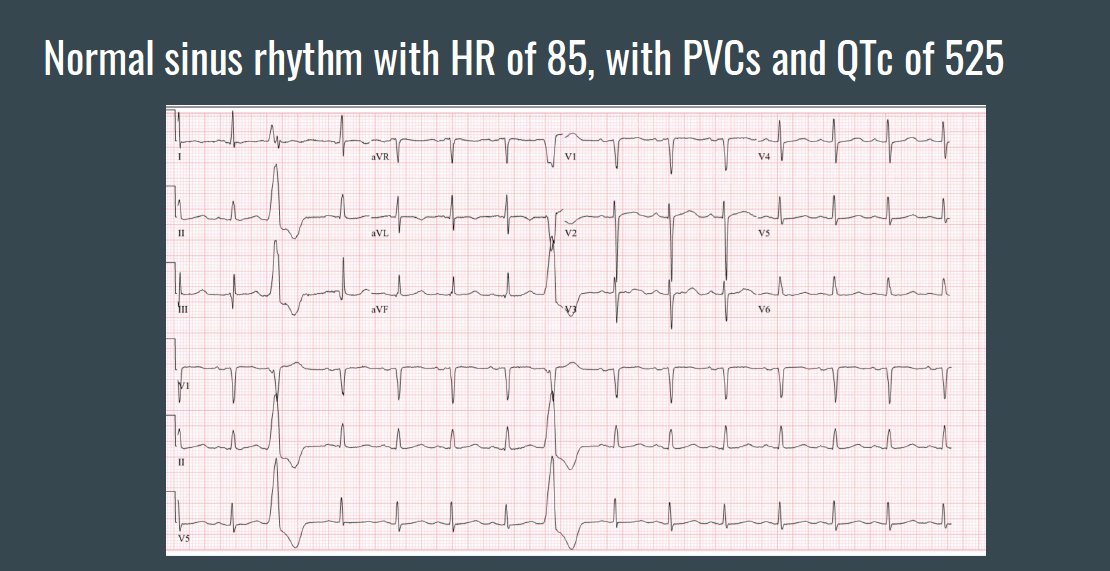1/10 #Morningreport recently @SinaiBmoreIMRes
by N.Rapista recently featured an elderly pt with an episode of dysphagia x 1 week
#DDx ?
#MedTwitter #MedStudentTwitter #FOAMed
by N.Rapista recently featured an elderly pt with an episode of dysphagia x 1 week
#DDx ?
#MedTwitter #MedStudentTwitter #FOAMed

2/10 Further history:
Unable to swallow any solid food
• “held in the throat”
• coughing frequently
• Generalized malaise
• New left ptosis
Unable to swallow any solid food
• “held in the throat”
• coughing frequently
• Generalized malaise
• New left ptosis
3/10EXAM:
T: 36.4°C BP: 139/69 HR: 68 RR: 18 SpO2: 100% on room air
Gen: Awake, alert
HENT: Left ptosis
Neuro: A&Ox3, CN 2-12 grossly intact. Moves all extremities spontaneously, 5/5 all extremities but had some fatigue and dropped to 4/5 with resistance. Cerebeller Neg
T: 36.4°C BP: 139/69 HR: 68 RR: 18 SpO2: 100% on room air
Gen: Awake, alert
HENT: Left ptosis
Neuro: A&Ox3, CN 2-12 grossly intact. Moves all extremities spontaneously, 5/5 all extremities but had some fatigue and dropped to 4/5 with resistance. Cerebeller Neg
4/10 DDx was approached as depicted in this @CPSolvers schema: 

5/10 Further course:
• Worsening ptosis and dysphagia with some dyspnea. Neurology concerned for MG crisis
Treatment:
Started on IVIG x 5 days & Prednisone upon completion of IVIG
n.neurology.org/content/67/8/1…
• Worsening ptosis and dysphagia with some dyspnea. Neurology concerned for MG crisis
Treatment:
Started on IVIG x 5 days & Prednisone upon completion of IVIG
n.neurology.org/content/67/8/1…

6/10
EMG/Nerve Conduction Study:
Evidence of decremental response with slow RNS consistent with a post-synaptic NMJ defect as can be seen in Myasthenia Gravis
EMG/Nerve Conduction Study:
Evidence of decremental response with slow RNS consistent with a post-synaptic NMJ defect as can be seen in Myasthenia Gravis
10/10 Illness script by @rav7ks summarizing the teaching points 

• • •
Missing some Tweet in this thread? You can try to
force a refresh






















